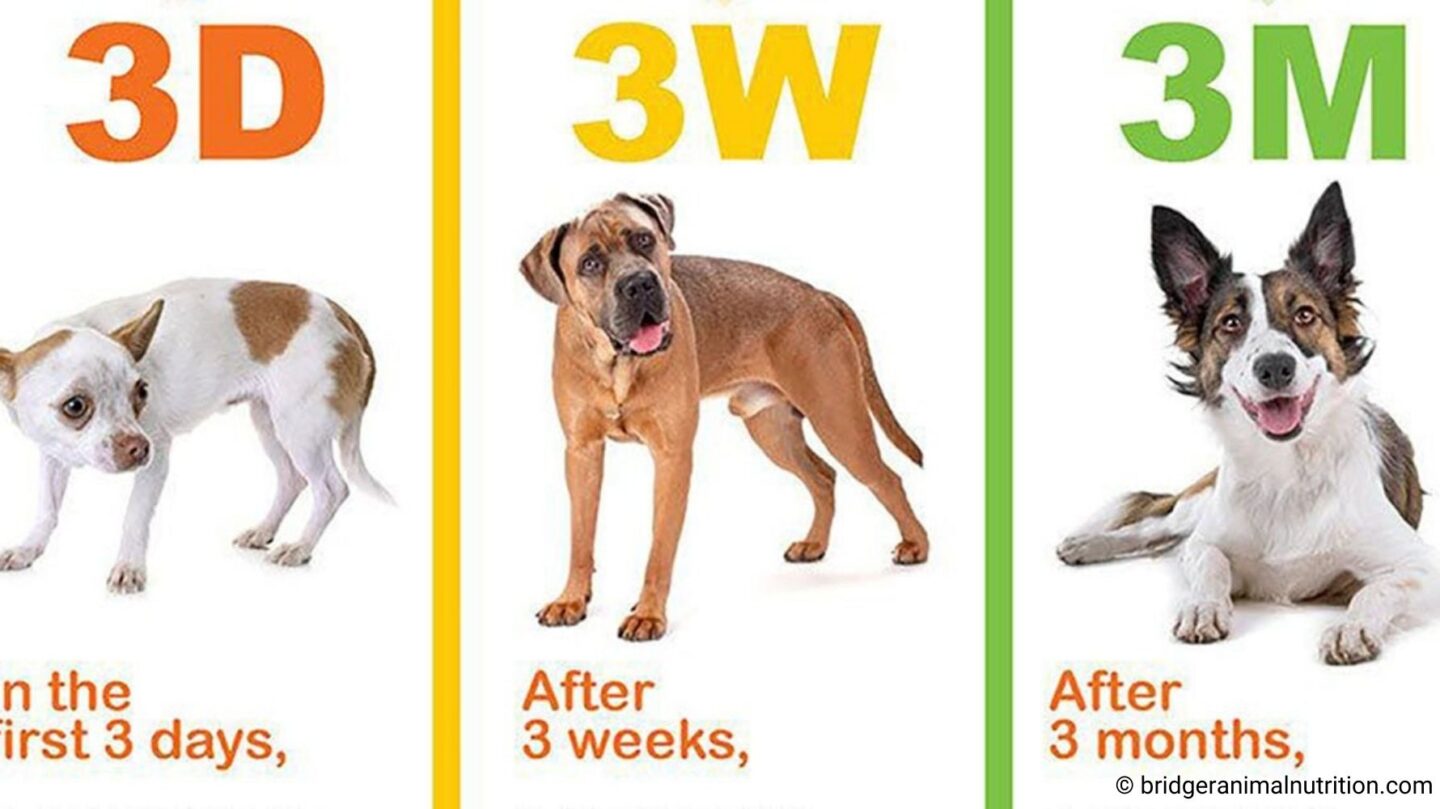Adopting a dog is a life-changing experience, both for you and your furry friend. While it’s exciting to bring a new dog into your home, it’s important to understand that transitioning from a shelter or previous environment can be stressful for the animal. One popular concept that helps new dog owners navigate this period is the 3-3-3 Rule. But what exactly is it, and why should you follow it?
This rule outlines what you can generally expect from a newly adopted dog in the first 3 days, 3 weeks, and 3 months after adoption. Let’s explore what each of these stages means and how you can make the adjustment period smoother for both of you.
The First 3 Days: Settling In and Overcoming Fear
The first few days in a new environment are critical for your dog. This is the period when your dog will likely feel overwhelmed, anxious, or even fearful. Imagine being suddenly placed in a completely foreign environment—new people, smells, sounds, and routines. This is how your dog feels.
What to Expect:
- Your dog may hide or avoid interaction.
- They might not want to eat or drink much.
- There could be accidents in the house, even if the dog is house-trained.
- Some dogs bark excessively, while others remain silent.
- They may test boundaries or show signs of stress like pacing or whining.
How to Help:
- Give them space to explore their new home at their own pace.
- Keep things calm and quiet, avoiding loud noises or lots of visitors.
- Stick to a simple routine for feeding and bathroom breaks.
- Provide a safe space, like a crate or a quiet room.
- Be patient and offer gentle encouragement without overwhelming them.
The First 3 Weeks: Learning the Rules and Building Trust
After about three weeks, your dog will start to feel more comfortable in their new environment. They begin to understand that this might be their “forever home.” As their anxiety lessens, you’ll notice more of their true personality coming through.
What to Expect:
- They will begin to settle into a routine.
- Trust starts to build, and they may seek more interaction with you.
- You may notice some behavioral issues or habits from their past.
- They start to test limits to see what’s allowed and what’s not.
How to Help:
- Start basic training to set clear boundaries and expectations.
- Use positive reinforcement to reward good behavior.
- Continue to keep a consistent schedule for feeding, walks, and playtime.
- Begin socializing them gradually with people and other pets.
- Strengthen your bond through play, walks, and gentle handling.
The First 3 Months: Feeling at Home and Developing a Bond
By the three-month mark, most dogs feel like part of the family. They know your routine, feel secure in their environment, and have likely formed a strong attachment to you.
What to Expect:
- Your dog will become more confident and relaxed.
- Their true personality will fully emerge.
- They will better understand and follow house rules.
- Stronger emotional bonds will form between you and your dog.
How to Help:
- Continue with consistent training and maybe enroll in a training class.
- Provide mental and physical stimulation through toys, games, and varied walks.
- Maintain regular vet visits and monitor their health.
- Offer love, security, and ongoing support as they become a permanent family member.
Why the 3-3-3 Rule Matters
The 3-3-3 Rule is not a rigid guideline, but rather a general framework to help you manage expectations. Every dog is different—some may adjust quicker, while others take more time. The key takeaway is patience and understanding.
Following this rule:
- Helps reduce stress for both the dog and the owner.
- Encourages a gradual transition that respects the dog’s emotional needs.
- Builds a foundation of trust that leads to a happy and well-adjusted pet.
Final Thought
Adopting a dog is a commitment that requires time, love, and patience. The 3-3-3 Rule is a helpful reminder that adjustment doesn’t happen overnight, but with care and consistency, your new dog can thrive in their new home.
By respecting the stages of the 3-3-3 Rule, you are setting the stage for a strong and lasting relationship with your pet—one filled with loyalty, joy, and companionship.
Would you like me to help with a different topic or adjust anything in this article?
